

Not everything ‘green’ is actually good for you or the environment. Let’s look at what greenwashing is, and why it’s a big deal.
What is greenwashing?
Greenwashing refers to giving misleading information to customers about how their products are environmentally friendly. This can be in the form of making false claims about the products’ origins, materials and its recyclability. These are also called ‘ecolabels’.
The term greenwashing, just like the term, suggests a product being painted ‘green’ to avoid people from seeing what's really underneath.


Greenwashing is a play on the term “whitewashing,” which means using false information to intentionally hide wrongdoing or an error to make it seem less bad than it is.
The most common examples of greenwashing in our daily lives is using the terms like ‘eco-friendly’, ‘sustainable’ and ‘natural’ without any certifications to back it up.
Why is greenwashing harmful?
Greenwashing is harmful for many reasons. Firstly, it makes it really hard for customers to distinguish between brands actually working towards sustainability and brands that are making false claims. Green marketing tactics with the clever use of words and visuals, brands can make you believe what they want you to believe. Greenwashing psychology entirely banks on getting customers to believe in the company’s eco-friendly ‘claims’.
Such kinds of deceptive marketing misleads customers into believing that they're making better, greener choices, when in reality that's not the case. The worst part about greenwashing is the environmental effect which is not being monitored or regulated because it is hidden under the banner of ‘green’ and ‘sustainable’.
What are some examples of greenwashing in our daily life?
The most common example of greenwashing can be seen with fast fashion brands, which claim their products to be ‘conscious’ and being made from recycled materials.
On paper these ideas seem perfect, but not only is there no regulation, there is also no accountability and responsibility taken by many brands to do better for the planet. They are still producing garments at a rapid rate daily, with little concern about the waste being generated from it.
Some common greenwashing marketing techniques are:
- Click bait: Tempting a customer to click on your link only for them to not find what they were initially promised. Using misleading eco-packaging and forging certifications is a common way of doing this.
- Bait and switch: This involves baiting a customer with an exclusive collection or line of ‘green’ products, and then presenting them with a much more extensive range of products that are actually not ‘green’.
- The red herring: Here, companies make a small part of their product/service eco-friendly and then shout about it loudly, even though the majority of that product is bad for the environment.
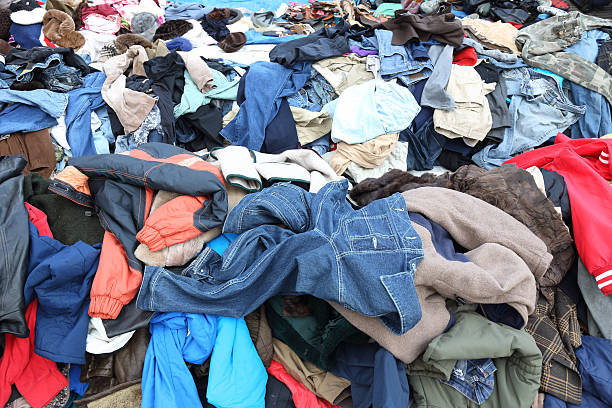

What is the impact of greenwashing on our environment?
Greenwashing can actually be more harmful than we realise.
Not only does it keep adding to the burden on the environment, it makes people oblivious to the damage that is being done.
Overconsumption has led to excessive waste being generated, harmful materials being released into the environment and non-renewable materials being exploited to manufacture products and services for us; all of this is hidden under the mask of greenwashing.
How to spot greenwashing?
The good news is there are many ways we can identify greenwashing:
- Scrutinise: Look into the eco-claim and what it is referring to, whether it is the packaging, the material or the manufacturing process.
- Find proof: Question the claims made by the company, by contacting them and asking for proof.
- Look out for vague messaging: Keep your eyes open for vague eco-claims which don't match the brand’s values or mission.
- Validate claims: Look out for well known sustainability certifications, and then contact the regulatory body to verify them and make sure it is not all false.
Greenwashing regulations
Greenwashing regulations in the UK are in place to avoid customers from being misled. The UK Financial Conduct Authority (FCA) adopted a new greenwashing rule in 2024, which calls for firms to make sure any references to sustainability characteristics of a product/service must be consistent with the actual characteristics of the product/service. It also allows the FCA to challenge eco claims made by firms, if they are noted to be misleading.
In India, the Central Consumer Protection Authority (CCPA) has issued guidelines for Prevention and Regulation of Greenwashing and Misleading Environmental Claims to address greenwashing and misleading environmental claims.
How is Asan truly sustainable?
We at Asan are open and transparent about our materials, and our goal of sustainability.
We use the highest quality of silicone, which is plastic free and toxin free, which is not only better for the environment, but also better for your body.
We measure our impact, and this is transparent and available for all our customers to see on our website.
Doing better for the environment doesn't always need big claims, a small, consistent effort towards a better future is sometimes all it takes.


Frequently asked questions
What is greenwashing?
Greenwashing is defined as giving misleading information to customers about how their products are environmentally friendly.
How does greenwashing impact the environment?
Overconsumption has led to excessive waste being generated, harmful materials being released into the environment and non-renewable materials being exploited to manufacture products and services for us.
What are the seven sins of greenwashing?
- The sin of ‘Hidden trade off’: Focussing on one green feature of a product, while ignoring the other harmful ones.
- The sin of ‘No-Proof’: Making claims that are not backed by any proof or third party verification.
- The sin of ‘Vagueness’: Making claims using terms like ‘eco-friendly’ and ‘natural’ without any specificity.
- The sin of ‘Worshipping False labels’: Creating false certifications or labels to mislead customers.
- The sin of ‘Irrelevance’: focussing on claims that are true but irrelevant in the present context. An example of this is advertising a product as CFC Free when CFC’s have already been banned for many years already.
- The sin of ‘Lesser of the two evils’: Promoting environmental benefits of a product that didn't have any environmental benefits to begin with.
- The sin of ‘Fibbing’: Making claims that are blatantly false.
How to identify greenwashing?
Look for vague terms, irrelevant claims, and a lack of concrete evidence in the products and services you use. Keep an eye out for inconsistency in the brand’s mission and claims.
How can I tell if a product is truly sustainable?
Look for environmental certifications like Certified B Corporation, Fairtrade International,
Global Organic Textile Standard (GOTS), and PETA.
Read the fine print of the products, and look for brands that are open and transparent in their mission and work towards sustainability.
What is the difference between Greenwashing and True sustainability?
Look for environmental certifications like Certified B Corporation, Fairtrade International,
Global Organic Textile Standard (GOTS), and PETA.
Read the fine print of the products, and look for brands that are open and transparent in their mission and work towards sustainability.

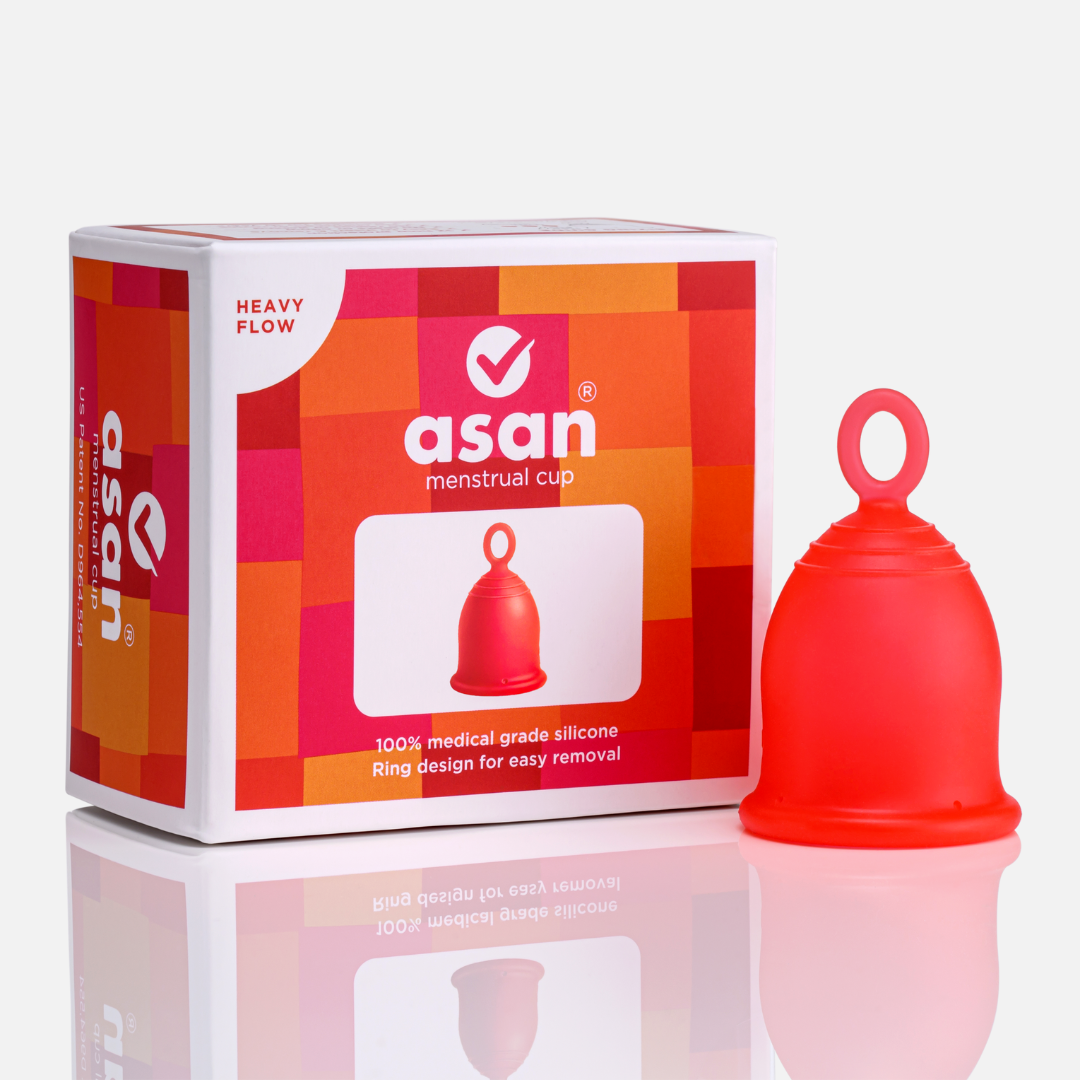
asan store
Asan Menstrual Cup


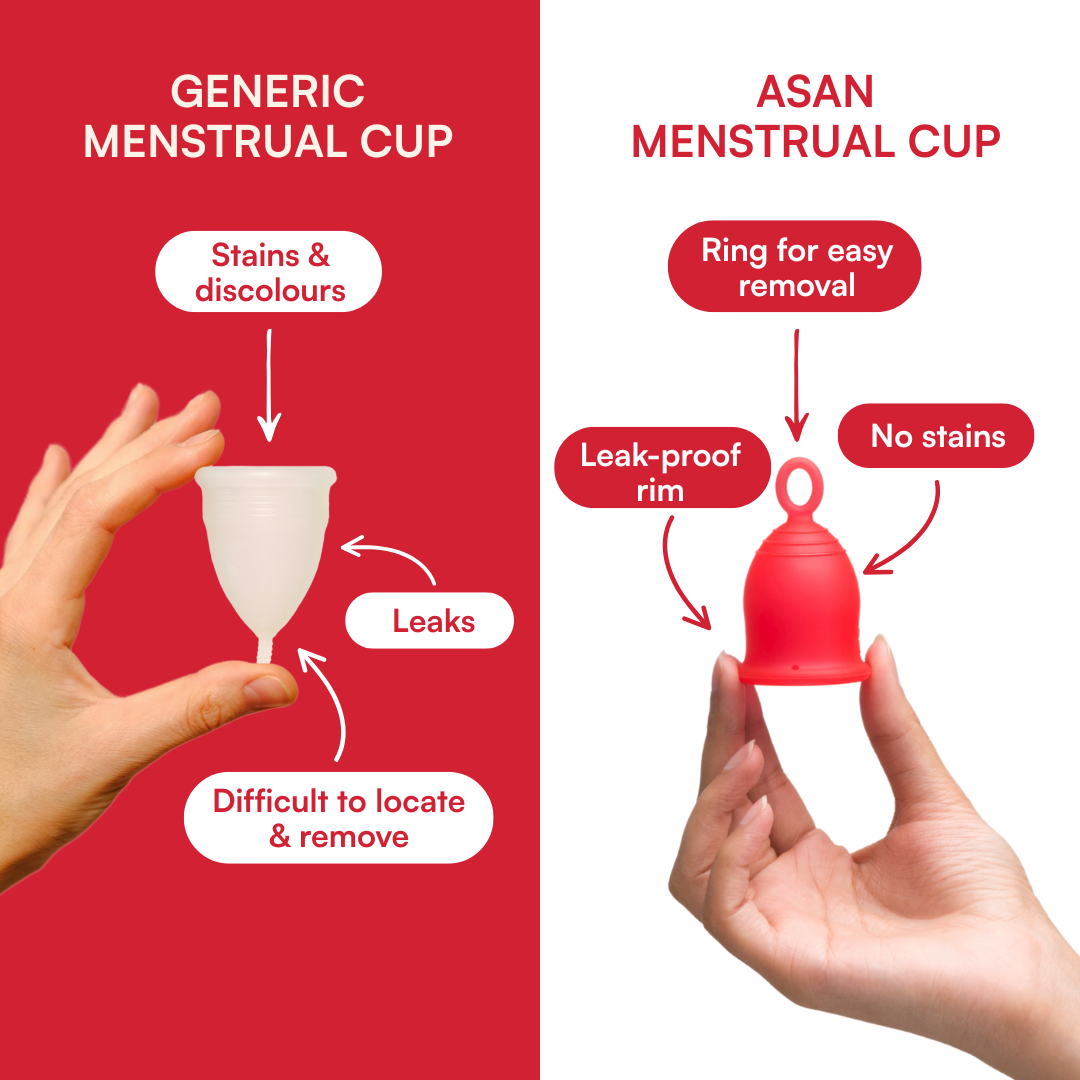

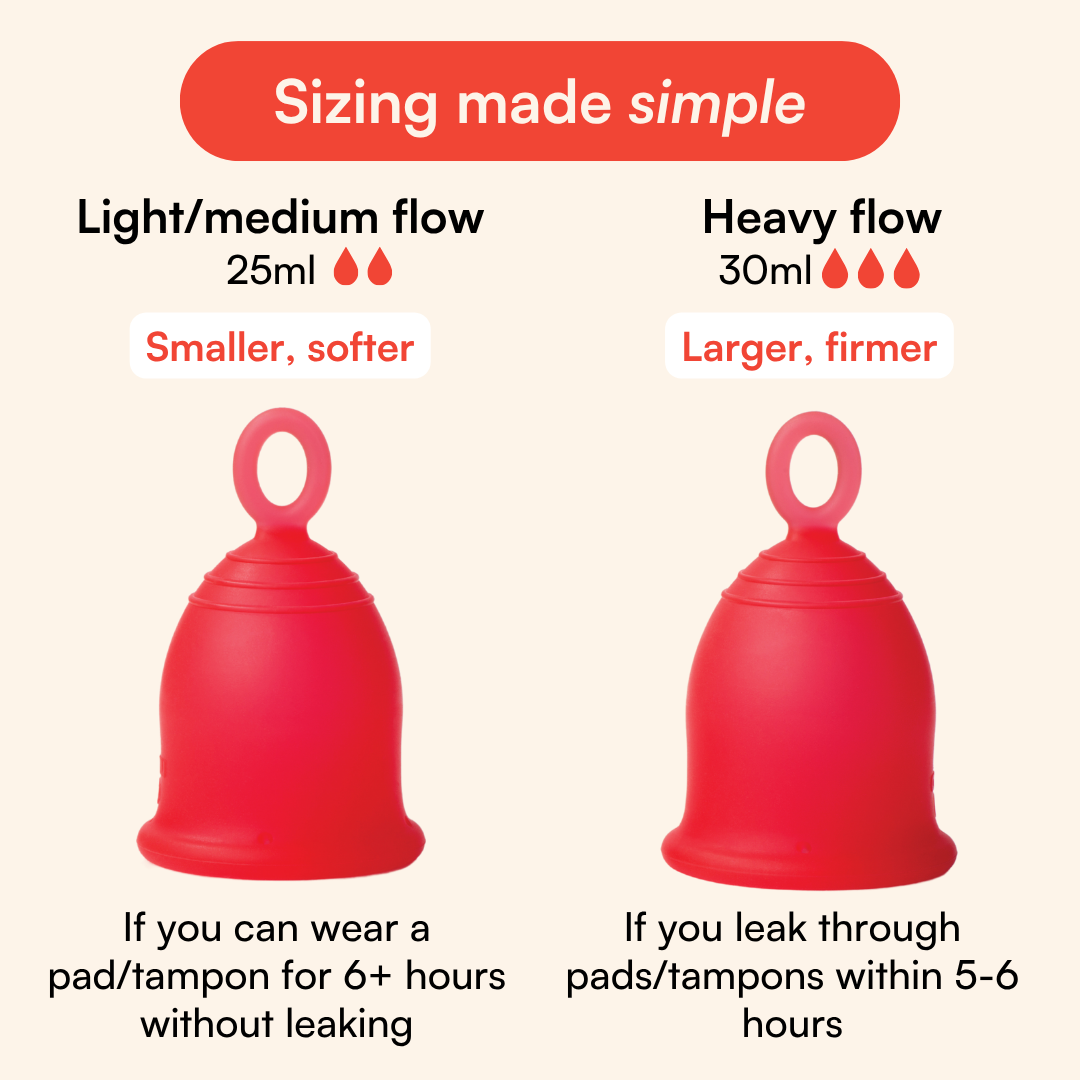
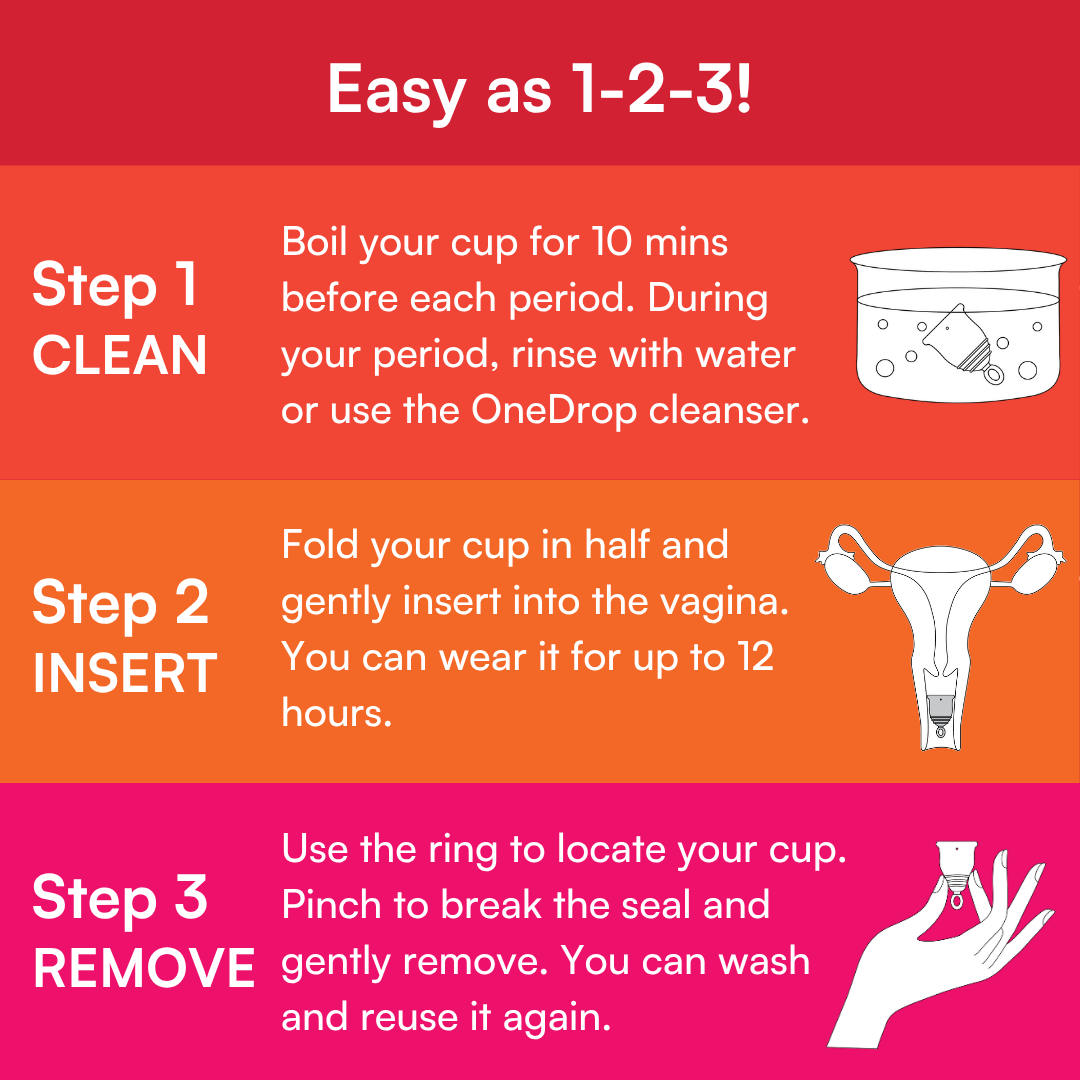
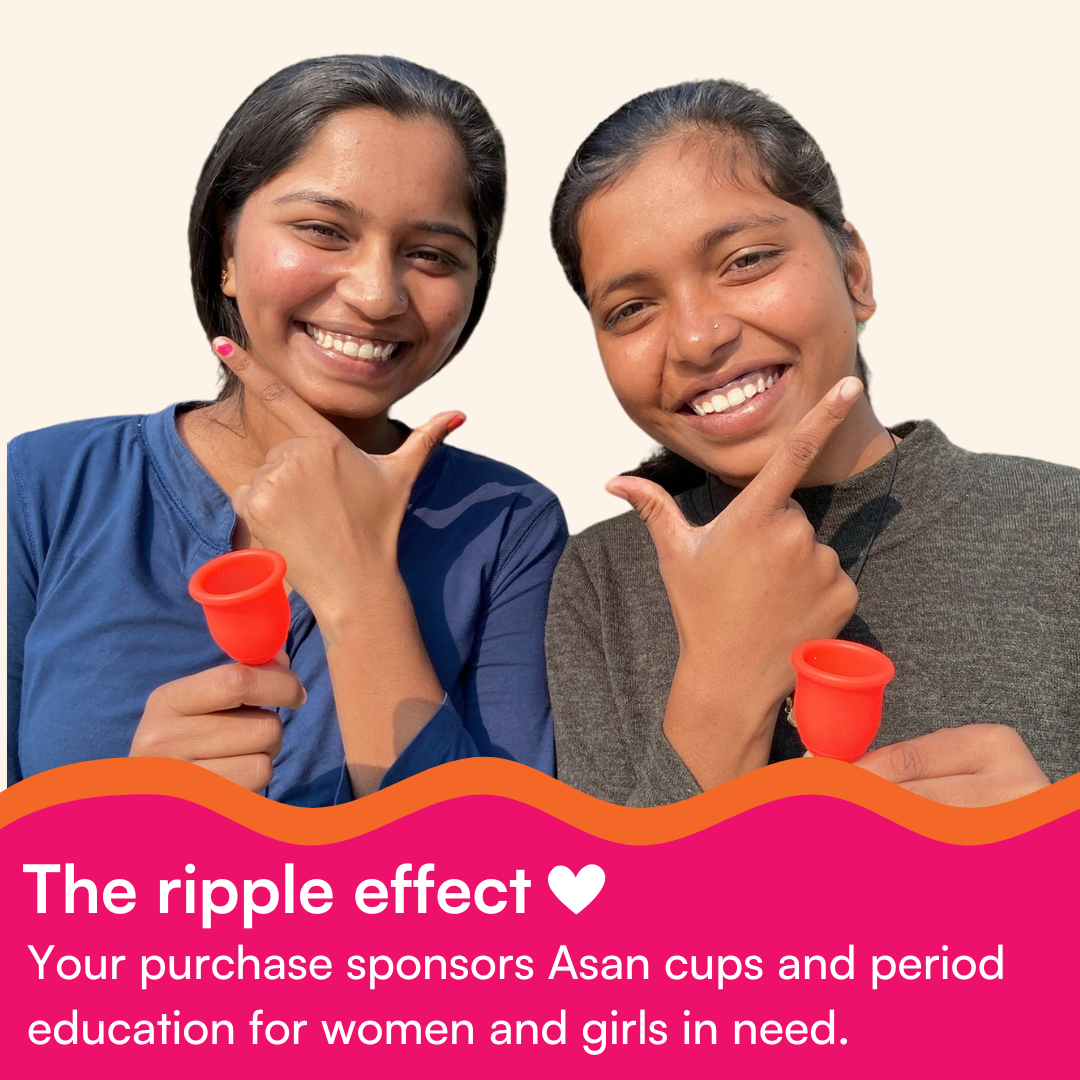
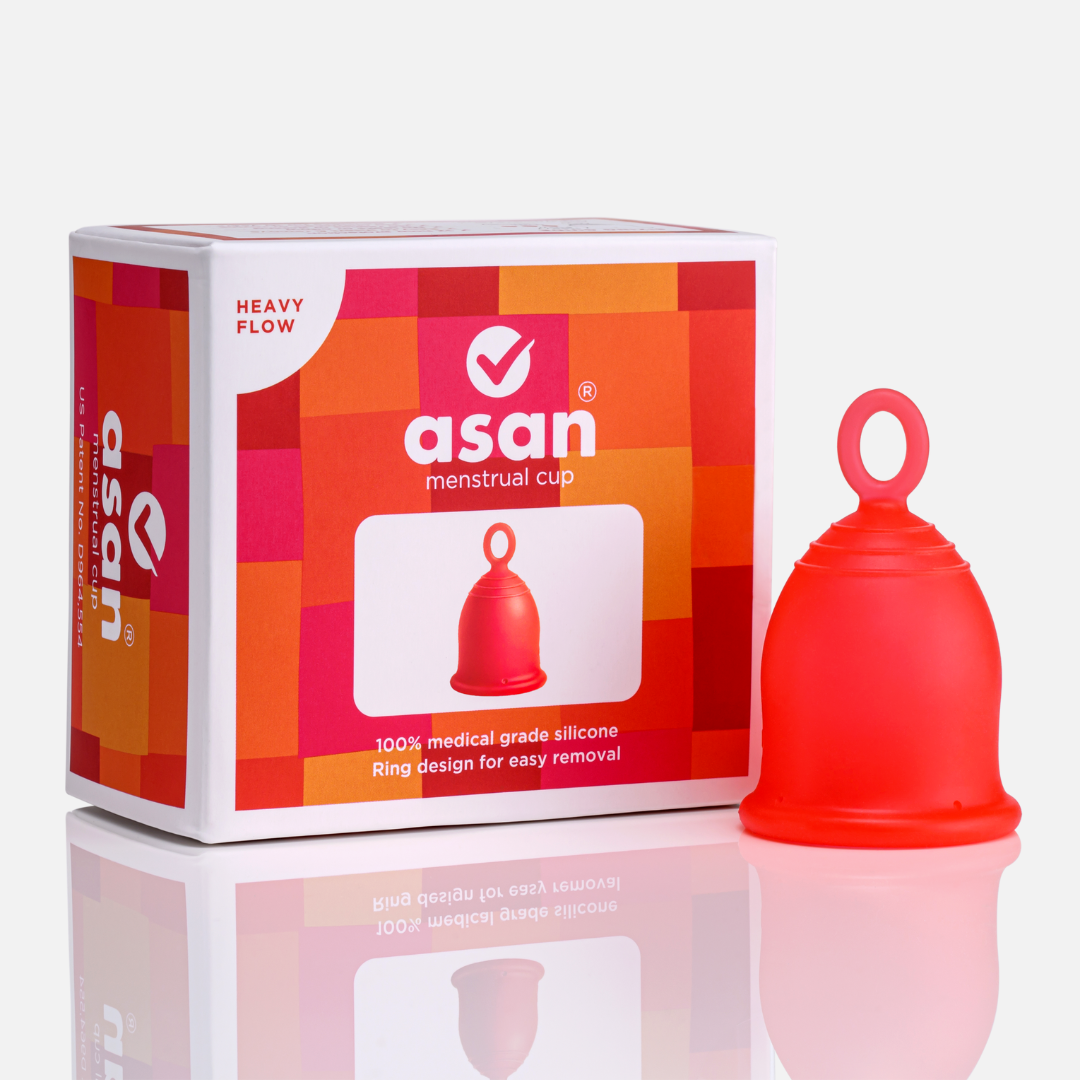
More Posts
View all-

Is it safe to take period delay pills?
Thinking of delaying your period? This guide explains how period delay pills work, what to watch out for, and how tracking your cycle can make planning easier.
Is it safe to take period delay pills?
Thinking of delaying your period? This guide explains how period delay pills work, what to watch out for, and how tracking your cycle can make planning easier.
-

What are the stages and symptoms of menopause?
Menopause is a natural transition, but it can bring a mix of changes to your body and mind. This blog covers the stages, common symptoms, and simple tips to help...
What are the stages and symptoms of menopause?
Menopause is a natural transition, but it can bring a mix of changes to your body and mind. This blog covers the stages, common symptoms, and simple tips to help...
-

How to track your menstrual cycle with a period tracking app
Still counting days on your fingers to guess your next period? A period tracking app can change that. From predicting your cycle to spotting patterns in your mood, energy, and...
How to track your menstrual cycle with a period tracking app
Still counting days on your fingers to guess your next period? A period tracking app can change that. From predicting your cycle to spotting patterns in your mood, energy, and...
-

Can you use a menstrual cup if you have PCOD?
Curious how PCOD affects your cycle, fertility, and hormones? This guide breaks it down simply, plus tips on managing symptoms and using menstrual cups.
Can you use a menstrual cup if you have PCOD?
Curious how PCOD affects your cycle, fertility, and hormones? This guide breaks it down simply, plus tips on managing symptoms and using menstrual cups.




